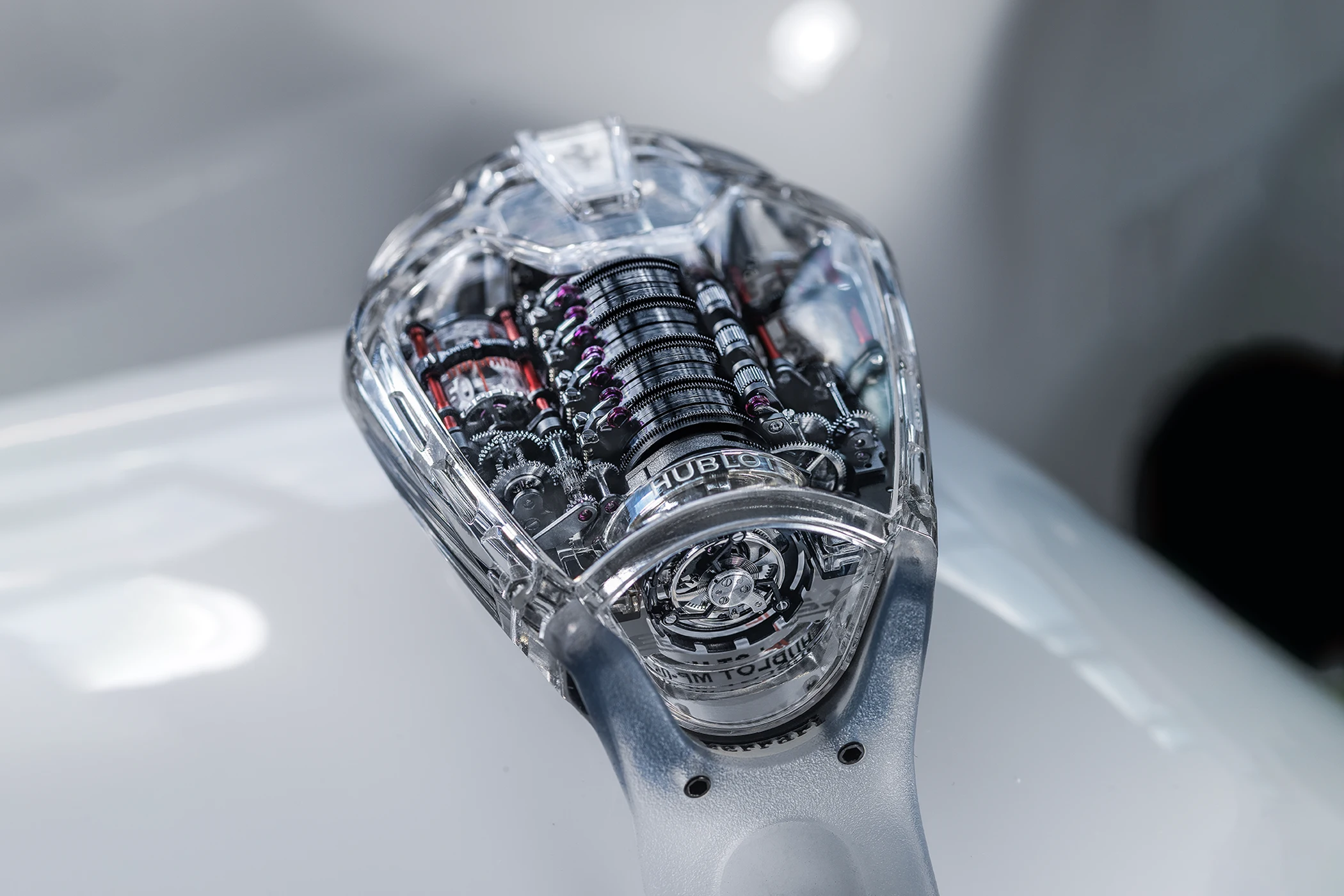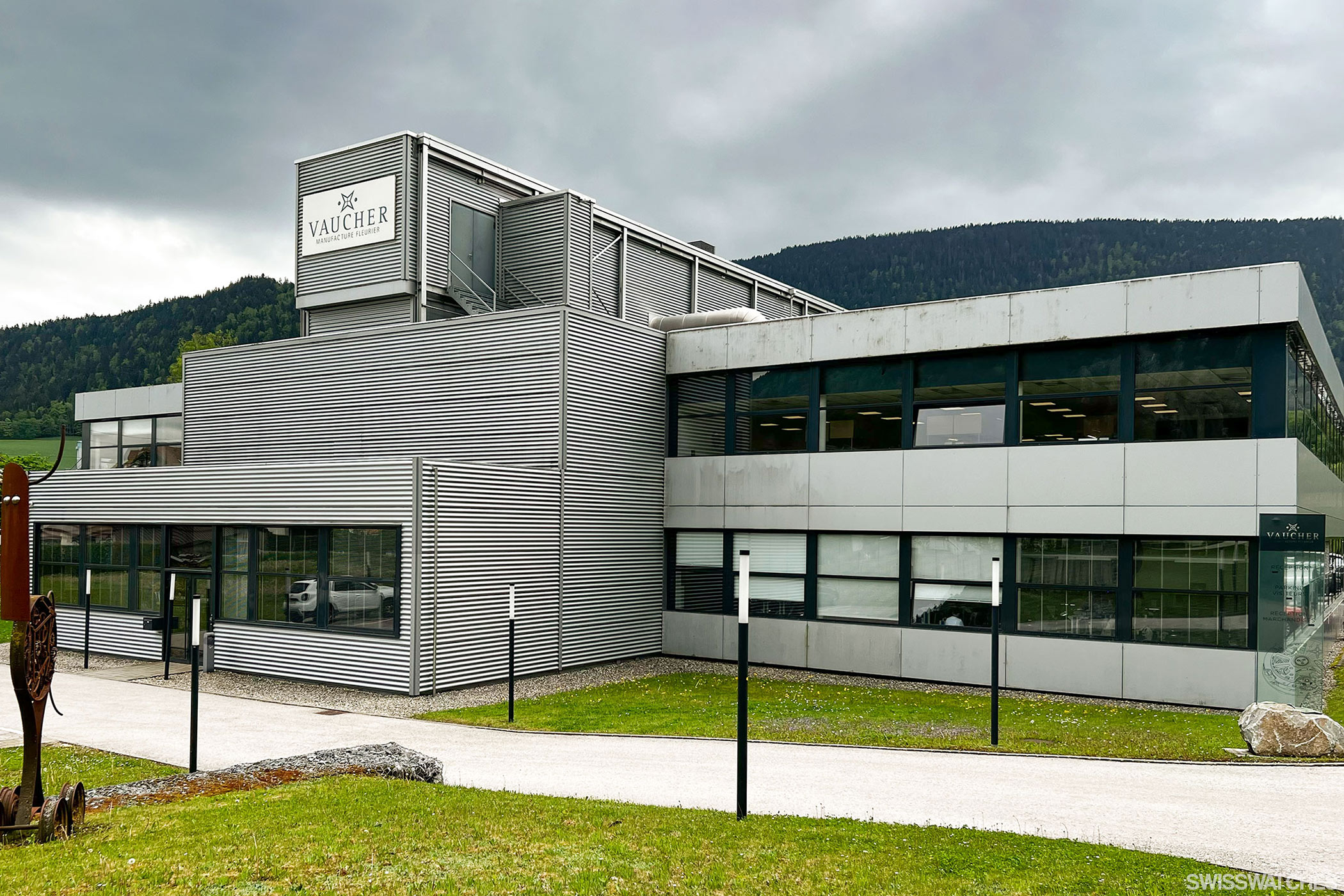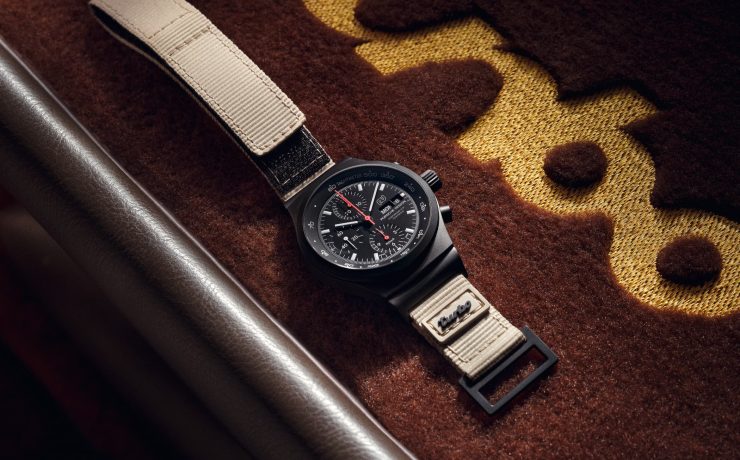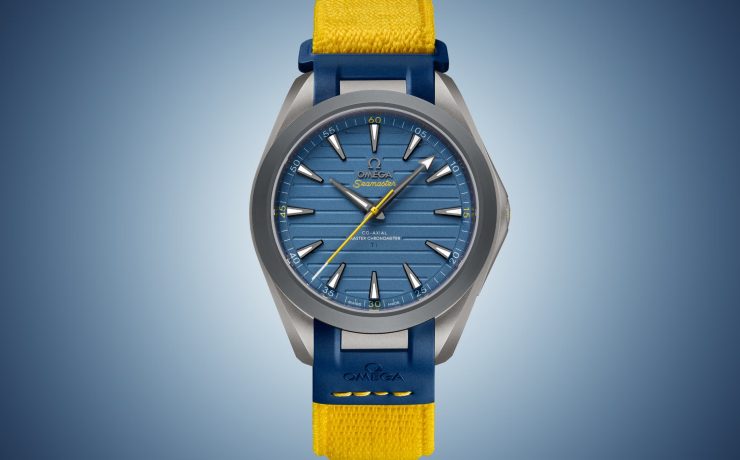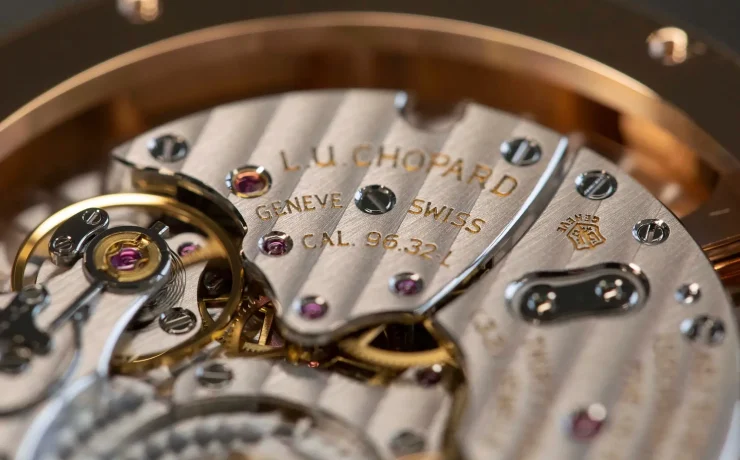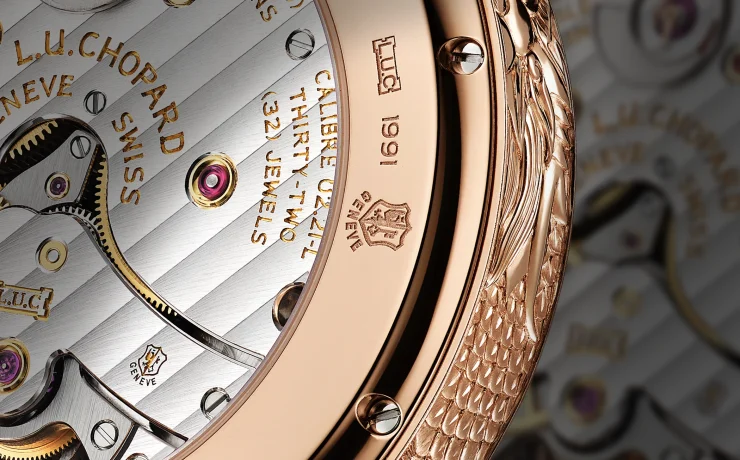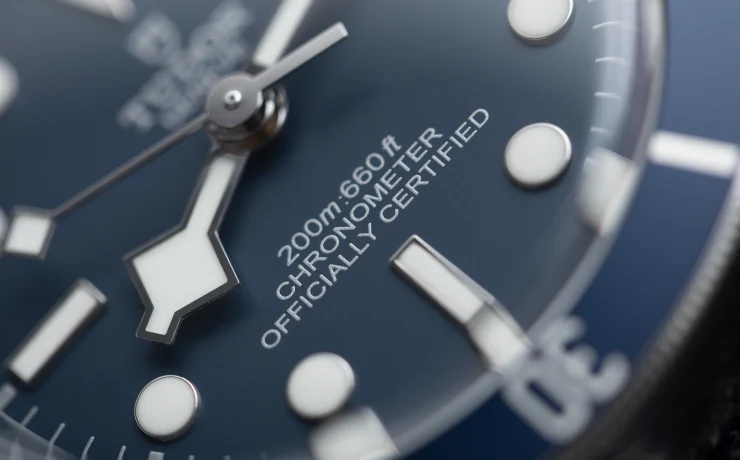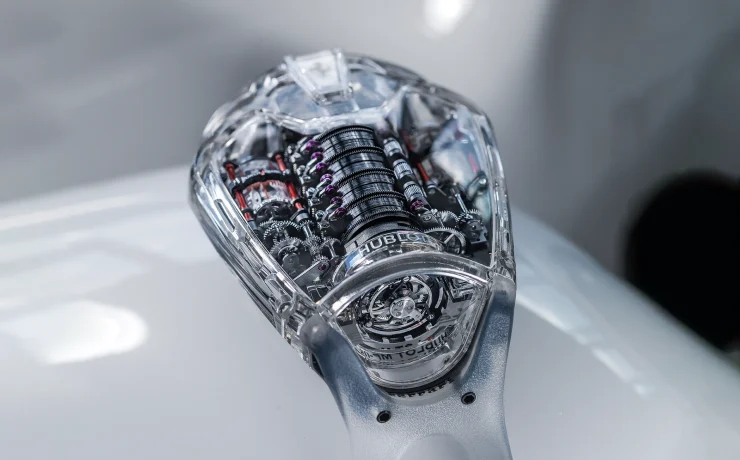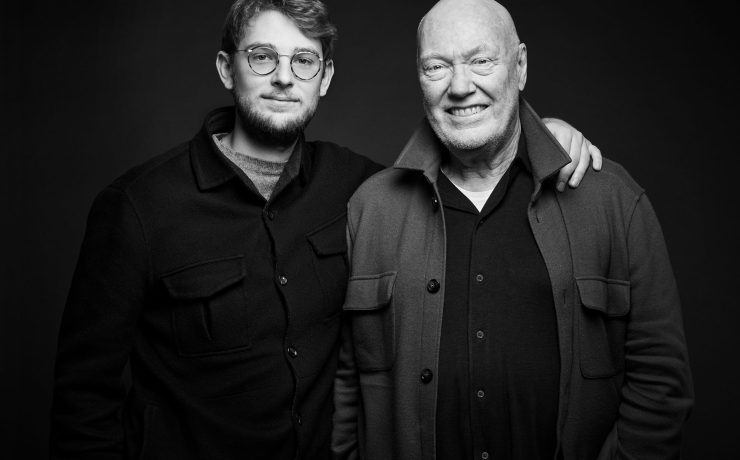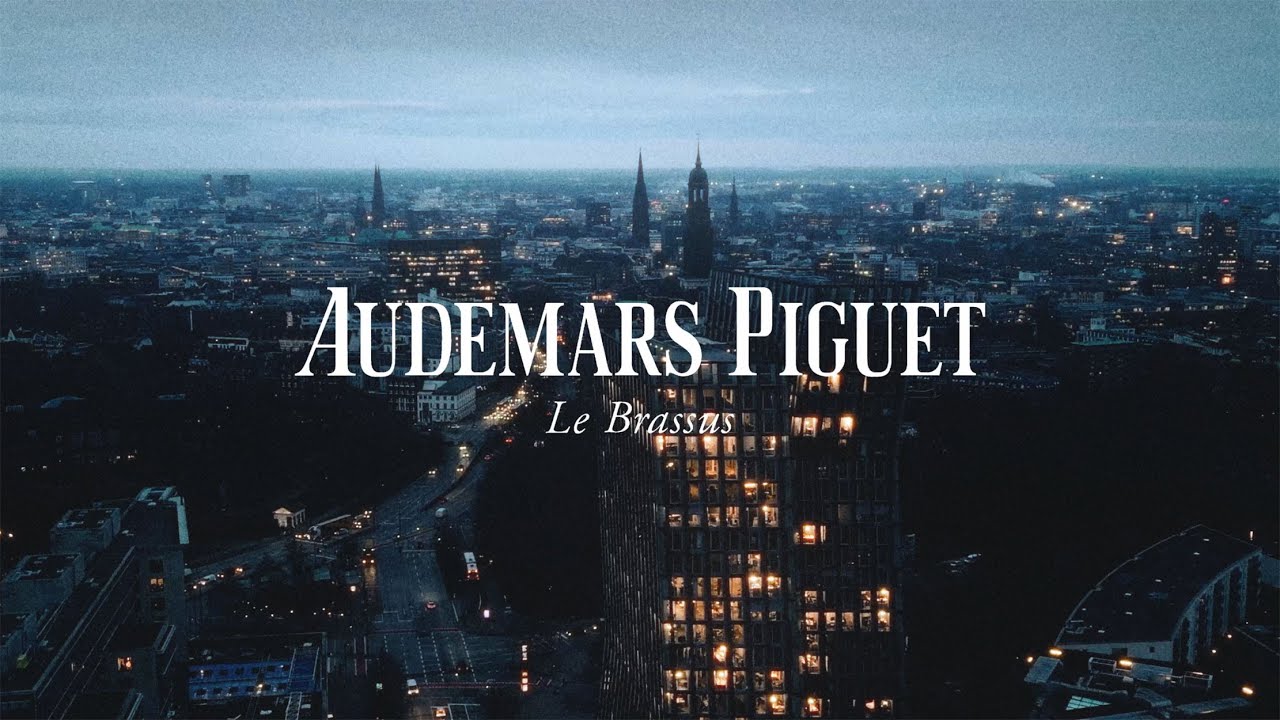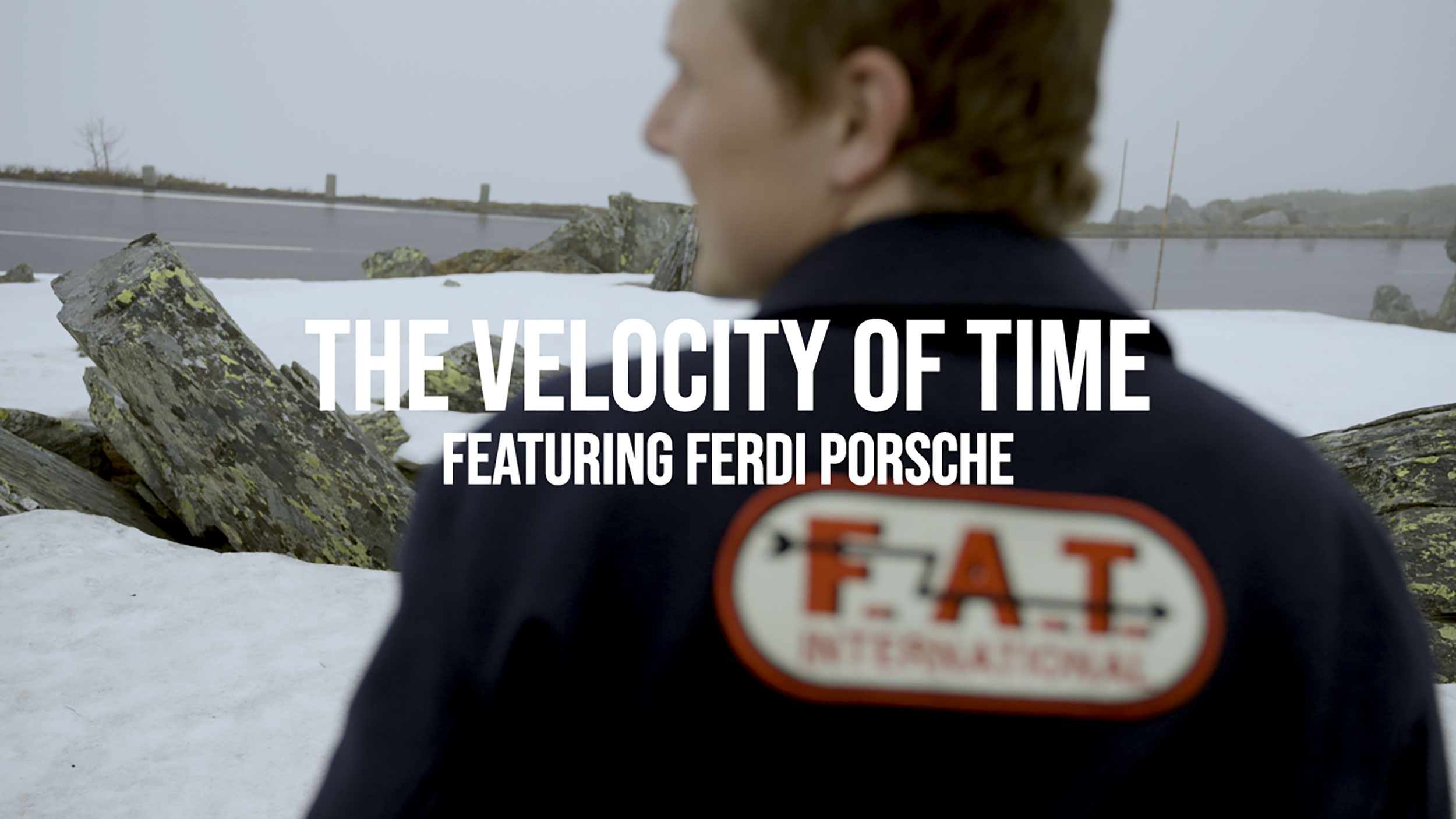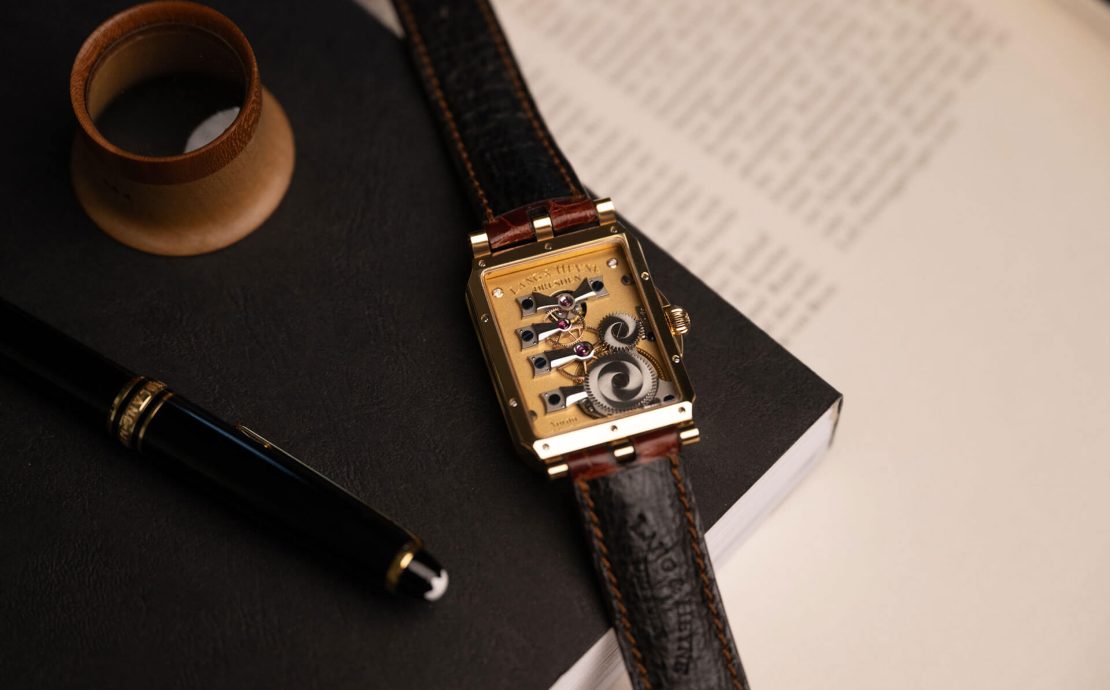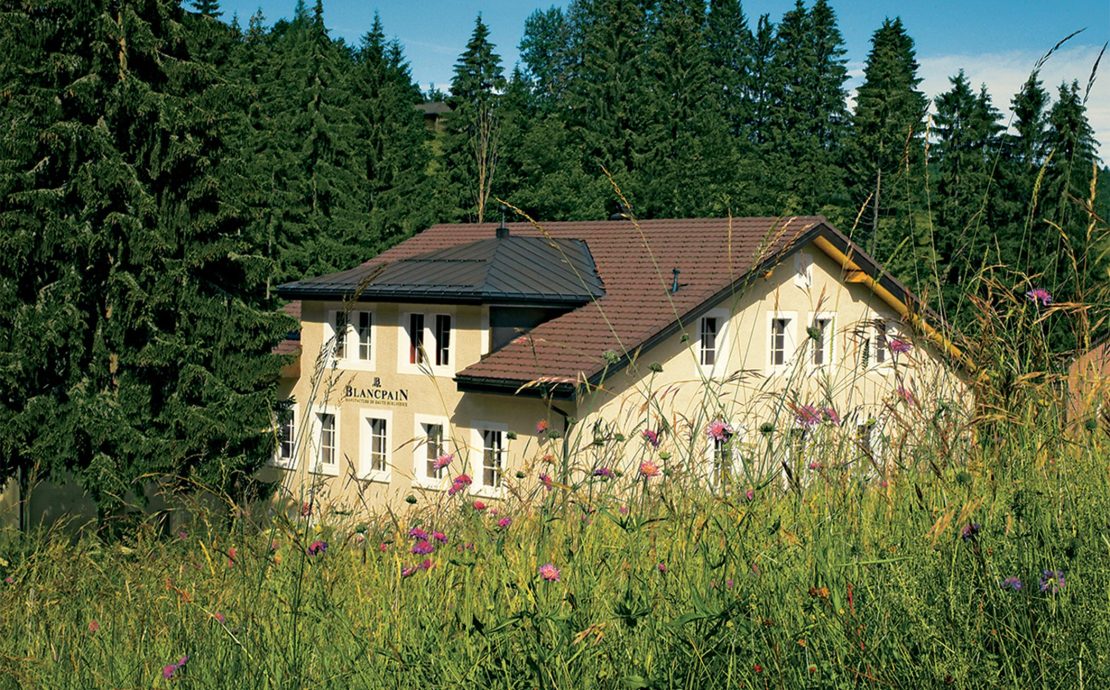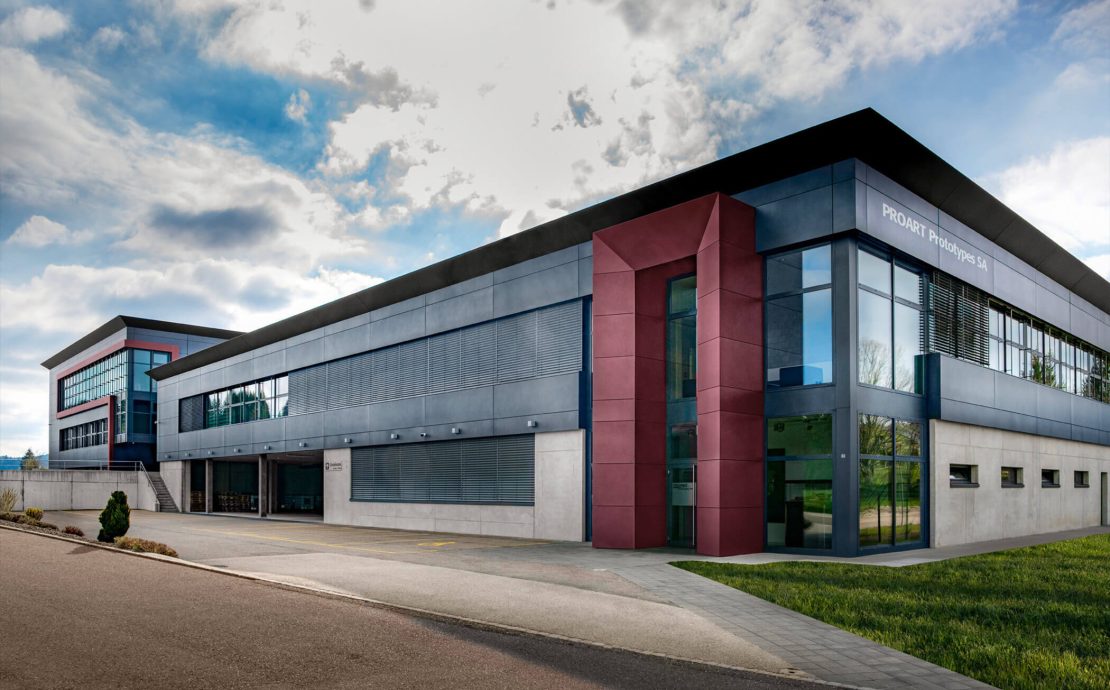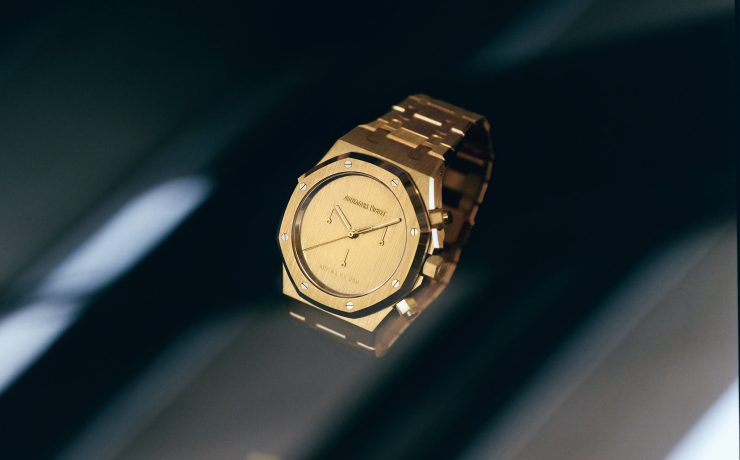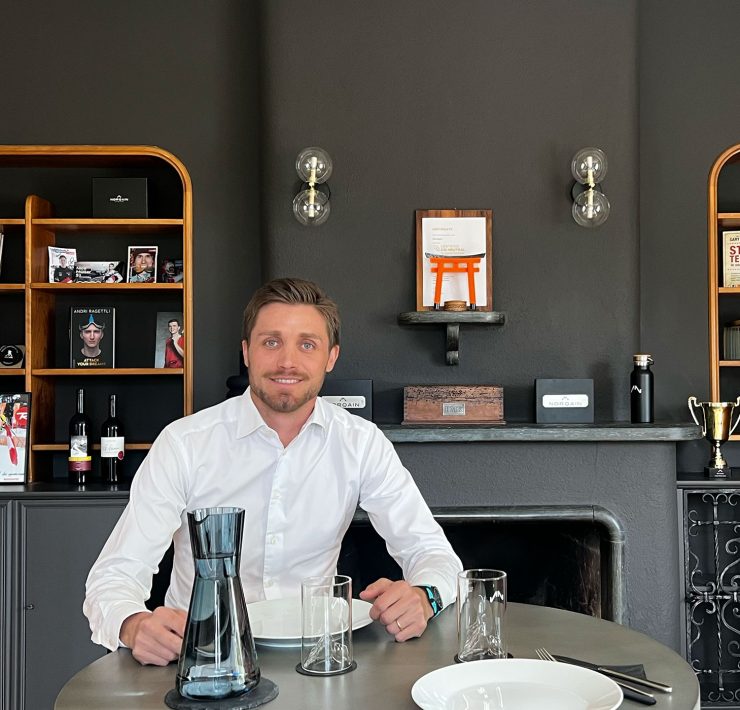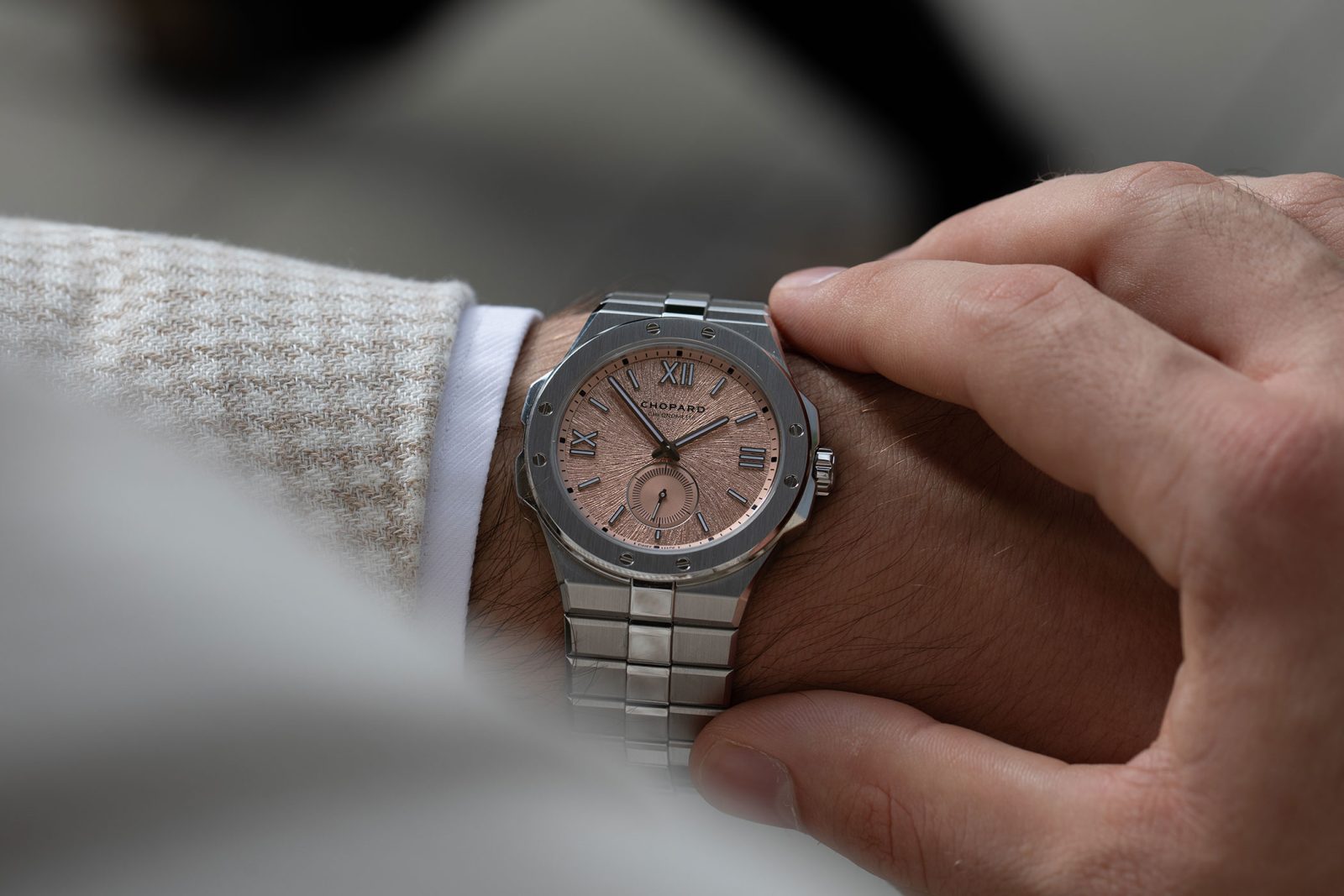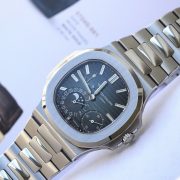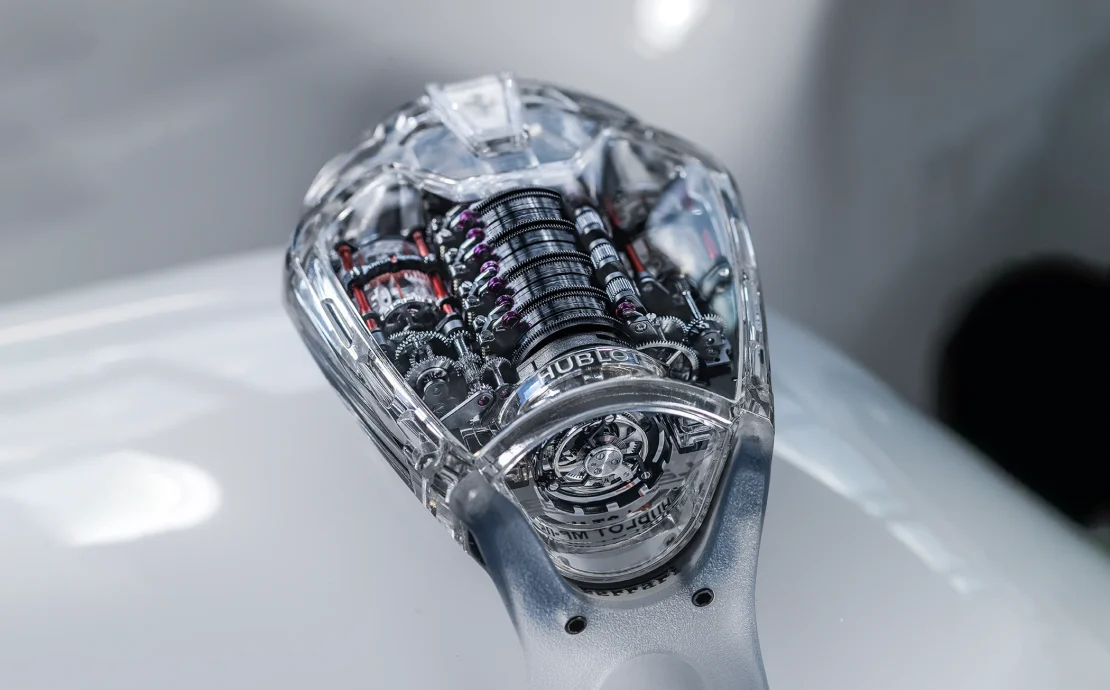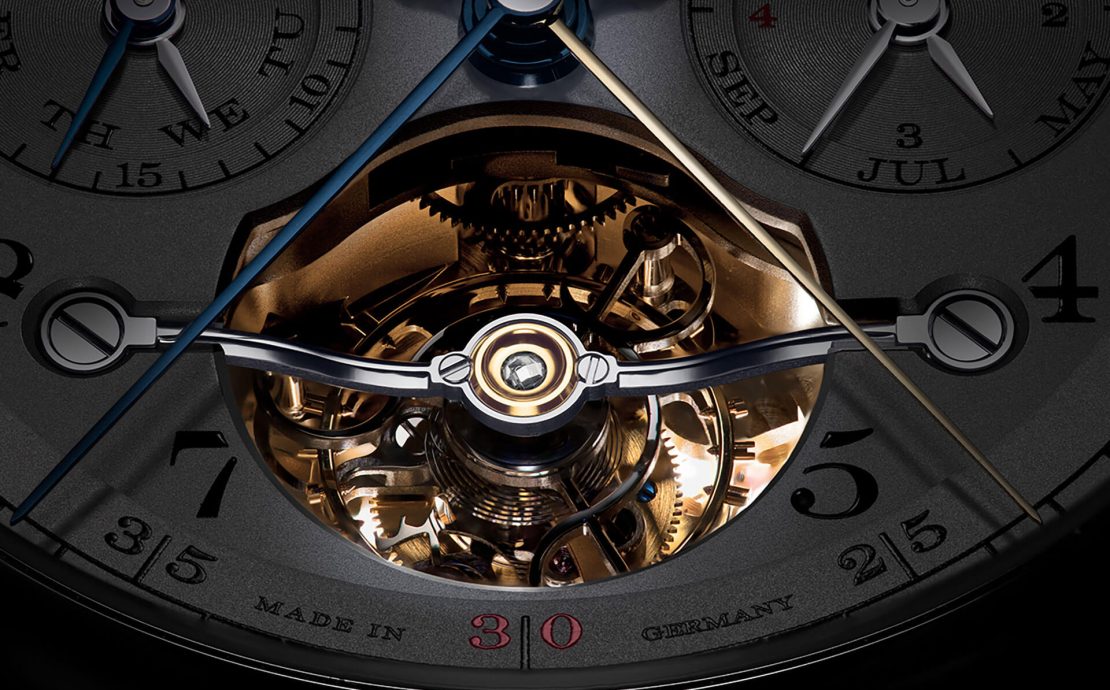Every fortnight, our newsletter provides you with exciting news from the world of mechanical watches and the latest stories from our magazine.
News
STYLE
Editorials
澳洲幸运五开奖号码查询,开奖结果历史,幸运五开奖历史记录,查询澳洲幸运5历史开奖号码查询 2024澳洲幸运五官网开奖结果 澳洲5历史记录查询APP 官网开奖直播 BOUTIQUE TRAVEL GUIDE
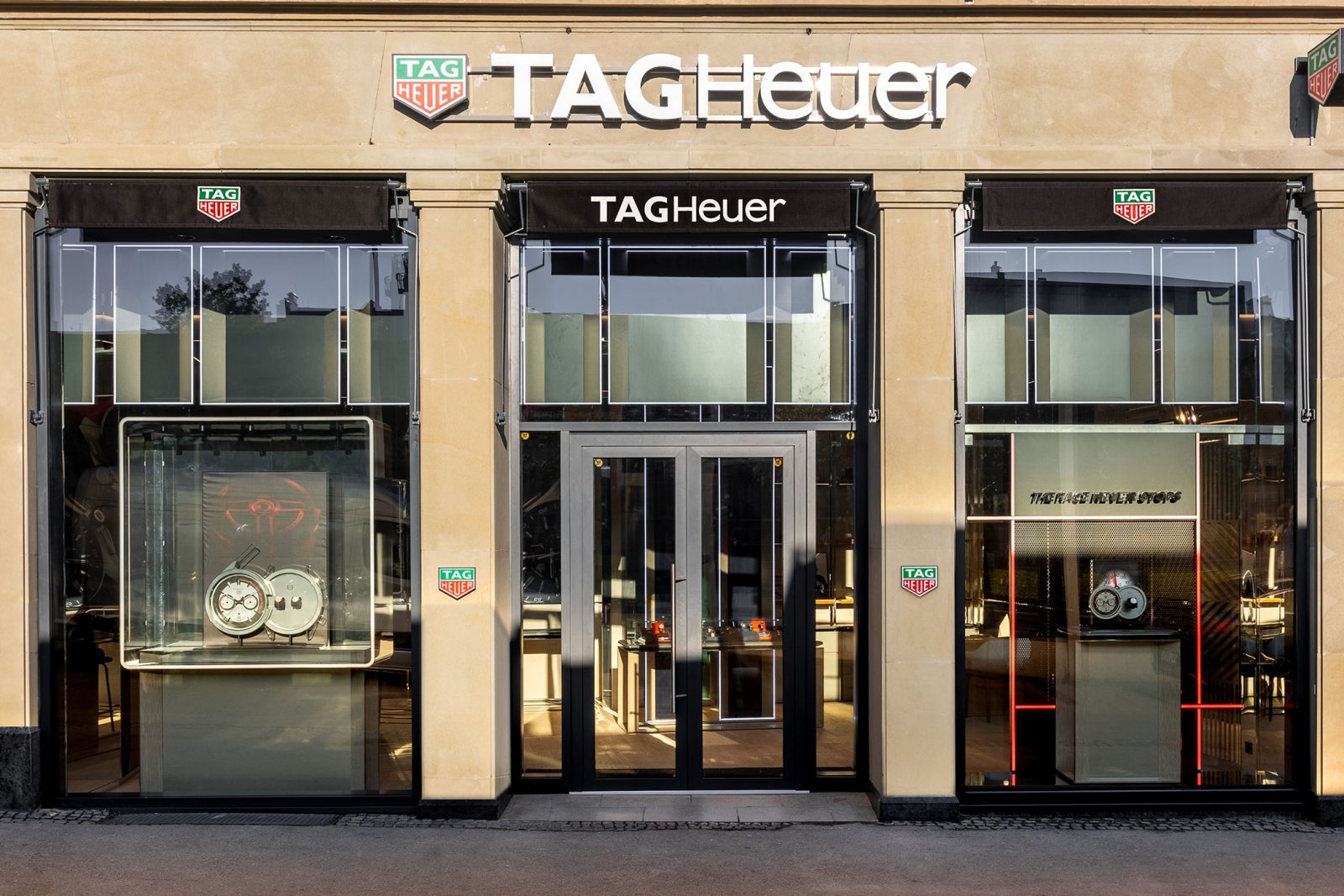
2024澳洲幸运五开奖结果号码查询+澳洲的幸运5直播号码查询记录,幸运五历史开奖结果、澳洲5开奖官网直播,历史结果Latest Videos
Manufacture
Style
CEO Talks
Over the last few decades, Rado has established itself as a leader in the watch industry with the processing of ceramic and is now a pioneer in this field. The watchmaker now offers a colour palette of over 20 colours…
Collector's Choice

Respected as a man, gentleman, and businessman, George Glasgow Junior is the mastermind behind George Cleverley, the renowned shoemaker of Old Bond Street’s Royal Arcade. But George’s style extends far beyond bespoke shoes; he is also the proud and passionate…

When he received his university tuition fees and a few months of rent from his family in advance, he invested it in an OMEGA Speedmaster watch. Fortunately, his application for a scholarship was granted, and his education and accommodation were…
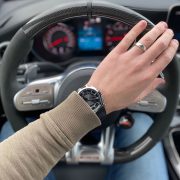
Having lived on the West Coast his entire life, it’s not surprising, that his first watch was a Nixon, the epitome of a surf watch. As nobody in his family was ever interested in watches and he never inherited a…
Guides
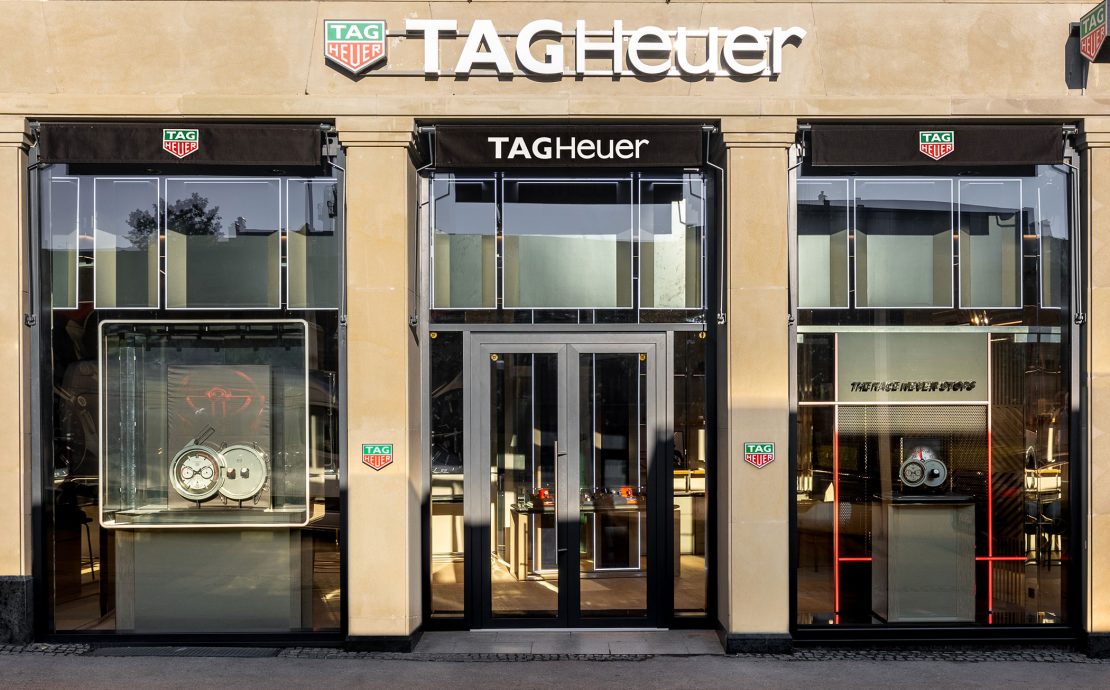
Swisswatches is delighted to present the watch community with the industry’s very first ‘澳洲幸运五开奖号码查询,开奖结果历史,幸运五开奖历史记录,查询澳洲幸运5历史开奖号码查询 2024澳洲幸运五官网开奖结果 澳洲5历史记录查询APP 官网开奖直播 BOUTIQUE TRAVEL GUIDE’. In this new segment, we will share not only the very best watch boutiques in town, but also the other most exciting things available…
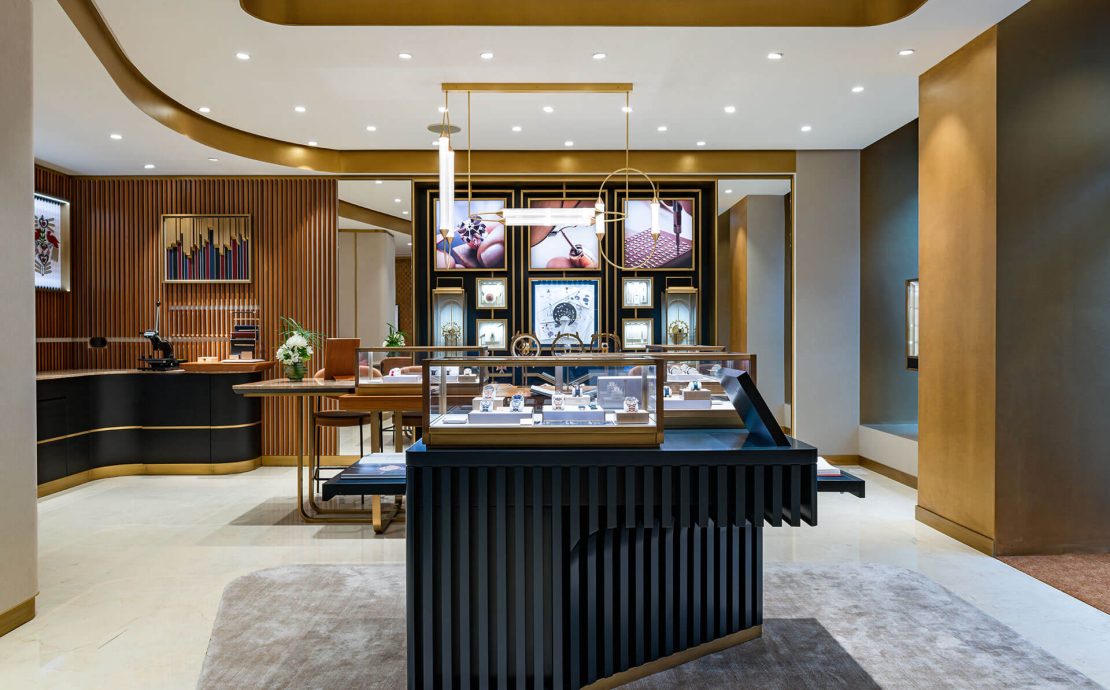
Swisswatches is delighted to present the watch community with the industry’s very first ‘澳洲幸运五开奖号码查询,开奖结果历史,幸运五开奖历史记录,查询澳洲幸运5历史开奖号码查询 2024澳洲幸运五官网开奖结果 澳洲5历史记录查询APP 官网开奖直播 BOUTIQUE TRAVEL GUIDE’. In this new segment, we will share not only the very best watch boutiques in town, but also the other most exciting things available…






